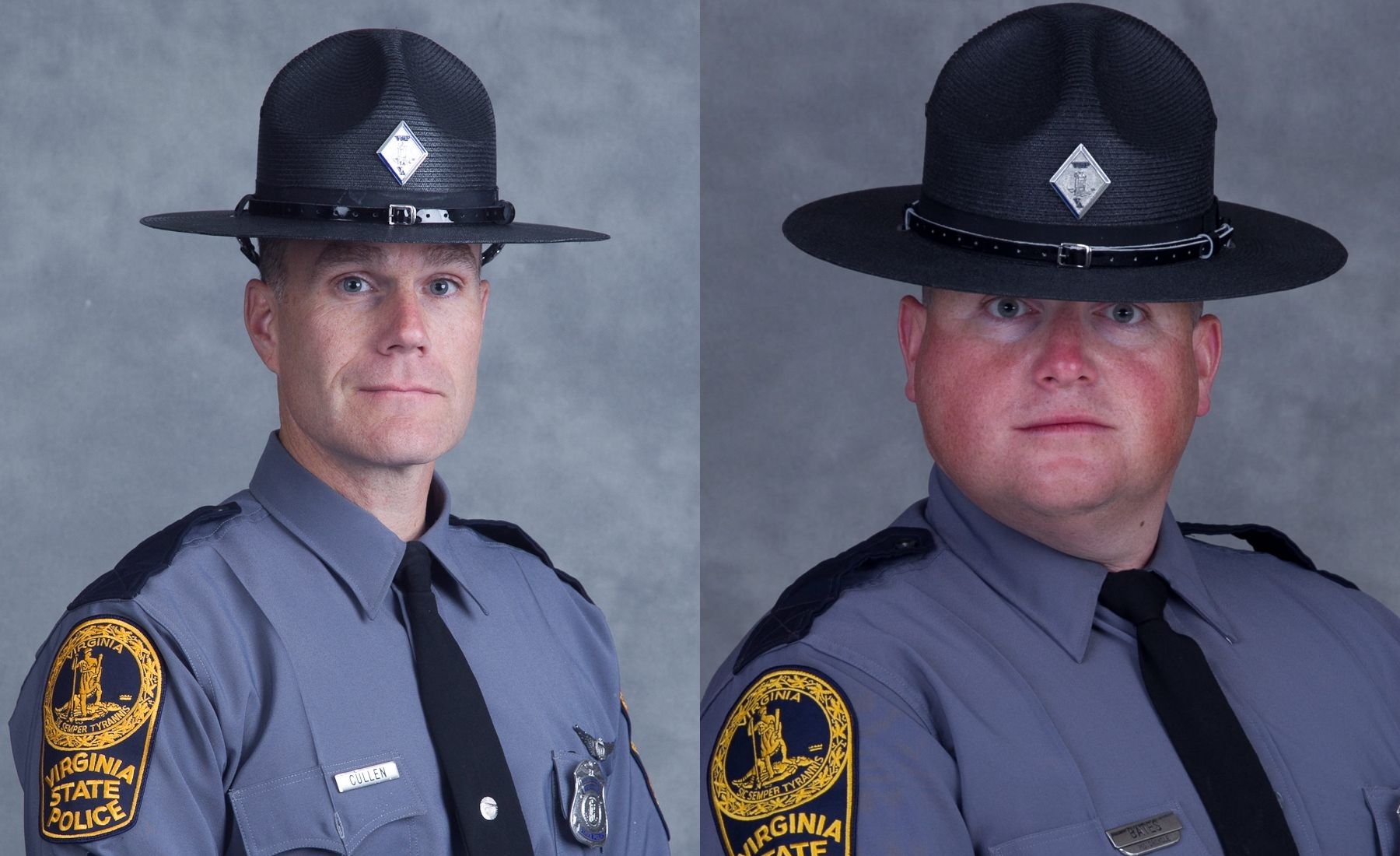The Virginia State Police helicopter that crashed near Charlottesville, Virginia, on Aug. 12 was spinning as it descended into trees, according to a preliminary report issued by the National Transportation Safety Board (NTSB).

The crash killed both of the Virginia State Troopers on board: aviation unit commander Lieutenant H. Jay Cullen, who was piloting the Bell 407; and the observer, Trooper-Pilot Berke M.M. Bates. Cullen and Bates had been tasked with providing continuous video coverage of the public demonstrations occurring in Charlottesville that day.
According to the report, the helicopter arrived over the city shortly after 4 p.m., and remained there for about 40 minutes, until Cullen and Bates were re-tasked to provide surveillance for Virginia Governor Terry McAuliffe’s motorcade.
“At 1643, the helicopter crew advised the VSP [Virginia State Police] command center that they were heading directly to the motorcade, and were about 30 seconds away,” the report states. “About 1649, another helicopter advised the VSP command center that the accident helicopter had crashed.”
Preliminary radar data indicated that the helicopter was traveling north-northwest at approximately 2,200 feet above sea level before it began to turn to the right and descend rapidly. According to the report, “the preponderance of witness statements reported that the helicopter initially was hovering, began a rolling oscillation, began to spin (rotate about the vertical axis), and then descended in a 45-degree nose-down attitude, while continuing to spin until it was lost from sight below the tops of the surrounding trees.”
The eight-page preliminary report, which does not provide a cause for the accident, suggests that the NTSB may have a complex investigation ahead of it.
The report indicates that the helicopter’s main rotor blades impacted the tail boom, which fractured at about four feet from the axis of rotation. However, the tail rotor gearbox remained firmly attached to the structure, and manual rotation of the input flange resulted in a corresponding rotation of the tail rotor. The gearbox contained oil, and its chip detector revealed no signs of chips or debris.
Evidence indicates that the engine was operating at the time of the accident. Investigators established continuity of those portions of the flight controls that were not damaged by impact or post-crash fire, and also found that the left-seat flight controls were removed and disabled in accordance with VSP policy for an observer in the left seat.
Moreover, the report states, “during the examinations, no evidence was observed to suggest that the accident was the result of a mid-air collision involving another aircraft, animal, or object.”
The complete report is available on the NTSB website.










RIP !